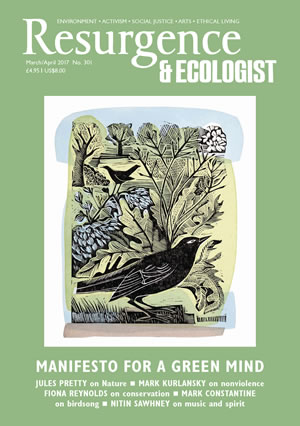Jenny Pickerill is a professor of environmental geography at the University of Sheffield, and her new book is an all-encompassing text-book-style study of eco-homes. Pickerill describes the book as “unashamedly academic” and “based on years of empirical fieldwork”. However, this is not to say it is dry and dull: overall Pickerill manages to walk a fine line, making the work accessible without dumbing it down.
Every chapter starts with an anecdote that serves to ease the reader into the more academic aspects of the work. We are transported from an old Devonshire cottage with a thatched roof and thick walls made of cob to box-shaped stone cottages in southern Spain and lightning-forked skies above New Mexico, all examples of the fieldwork supporting Pickerill’s arguments.
This globetrotting not only makes interesting reading, but also shows how an eco-home means something completely different in different countries. Traditional adobe houses are perfect for the countryside of Argentina, as they are naturally cool in summer and warm in winter. However, the same houses were not so successful when they were trialled in Thailand, as indigenous termites damaged the walls.
One chapter pays close attention to gender divisions, not only in eco-communities but also in the construction industry. Pickerill successfully challenges the prejudices that insist women are too weak to be involved in construction, and also the notion that construction requires great physical strength. If eco-homes or homes in general are to be successful, it is surely axiomatic that their construction needs to involve men and women, and it is surprising that on the whole it currently does not.
Despite the great need for eco-homes to be at the heart of our fight against climate change, nowhere near enough are being built. The reasons for this are examined in this book, with analysis not just of technology and cost, but also of the social and emotional aspects of a home.
Eco-homes are still seen by the majority of people as being too expensive, but Pickerill argues that this is because we are not looking at the cost of a house in the long term and often only take into account initial construction costs. This means that eco-homes are seen as the preserve either of the very rich who want to add some ‘eco-bling’ to their lifestyle, or of those willing to live at the opposite end of the spectrum with cold showers and outhouse-style bathrooms.
It is in the exploration of the social side of eco-housing that this book is at its best. Pickerill argues that sustainable living “is often associated with forgoing many elements of contemporary life”. One very interesting argument put forward is that many of the people living in this way have much greater appreciation for aspects of their homes that are taken for granted by most. Whilst having to go to an outhouse might be seen as inconvenient – especially in the winter months – when you return indoors you appreciate the heat of your home all the more!






